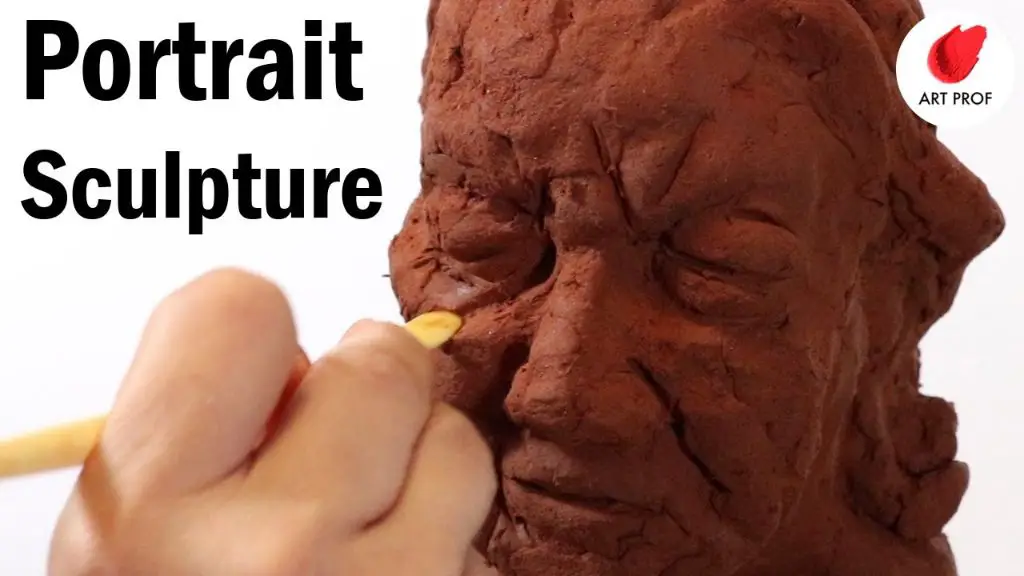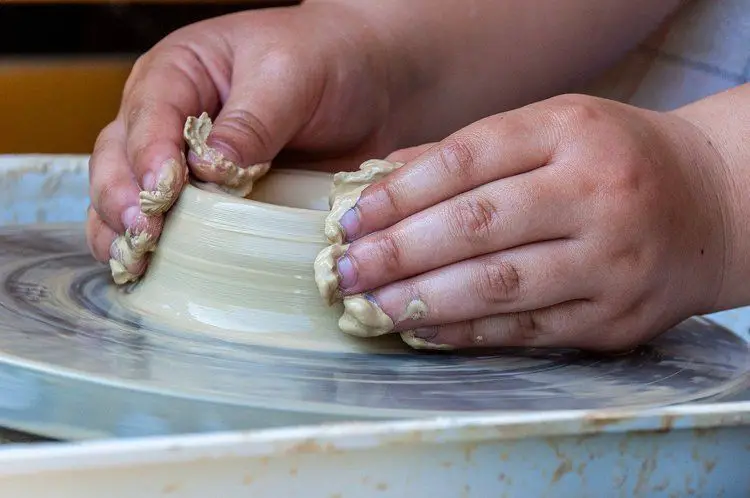What Can I Use Instead Of Silicone Mold Diy?
Silicone molds have become extremely popular for DIY and craft projects in recent years. Made from flexible, durable silicone rubber, these molds can be used to make resin castings, soaps, chocolates, candles, and more. Silicone’s ability to flex and bend makes demolding easy, and the material is heat resistant and reusable. This has made silicone a go-to mold making material for crafters and hobbyists.
Silicone molds allow makers to replicate objects in materials like resin, concrete, soap, wax, and chocolate by pouring or pressing the medium into the mold. The flexible silicone peels away easily, revealing detailed castings. Molds can be used for simple geometric shapes, as well as detailed sculptures, figurines, jewelry, and more. Silicone molds have opened up many new creative possibilities for homemade crafts and projects.
Why Seek Alternatives?
While silicone is a versatile material for DIY mold making, it does have some drawbacks. One major issue is that silicone is not biodegradable. Silicone molds will persist in landfills for an extremely long time. According to Pros and Cons of Silicone Elastomers, silicone does not decompose and simply sits in landfills after disposal.

Silicone mold making kits can also be quite expensive, especially for larger or more complex molds. The process of measuring, mixing, pouring, and curing silicone takes time and care as well. For crafters and DIYers looking for cheaper, more eco-friendly methods, alternatives to silicone molds are worth considering.
Clay
Clay can be a great alternative to silicone for making molds. Two popular types of clay for DIY molds are air dry clay and polymer clay. Air dry clay is very easy to work with and mold into shapes. Once formed, it air dries into a hard material that can be used for mold making. According to The Frugal Crafter Blog, brands like Craft Smart Natural Clay work well for handmade molds.[1] Polymer clay is also very moldable and can be shaped before baking into a hardened material. WikiHow recommends brands like Sculpey for DIY polymer clay molds, as they are affordable and effective.[2] Both air dry and polymer clays are easy to find, inexpensive options for creating detailed, reusable molds at home without silicone.
Concrete
Concrete is a popular alternative to silicone for making molds. Concrete is a mixture of cement, sand, gravel, and water. When working with concrete, it’s important to use concrete mix rather than just cement. Concrete mix already contains the sand and gravel, so it’s easier to work with.
To make a concrete mold:
- Create a form using cardboard, wood, or another rigid material.
- Seal the form to prevent leaks.
- Coat the inside of the form with a release agent like petroleum jelly to prevent the concrete from sticking.
- Mix the concrete according to the package directions.
- Pour the concrete into the form.
- Allow the concrete to cure for at least 24-48 hours.
Concrete molds are durable, long-lasting, and inexpensive to make. The main downside is concrete’s weight. Large concrete molds can be extremely heavy. Concrete also requires sealing to prevent moisture absorption.
For more tips on building concrete molds, check out this guide: How to Build a Mold for Concrete Projects
Plaster of Paris
Plaster of Paris, or POP, is an easy to use material for creating custom molds without silicone. POP is made from gypsum, a soft mineral that is easy to shape when wet but becomes hard when it dries. It is often used by doctors and nurses to create casts for broken bones, so it is readily available at most pharmacies and craft stores.
One of the simplest ways to use POP for DIY molds is with plaster bandages. These bandages contain strips of gauze or other fabric soaked in wet POP. To create a mold, soak the bandages in water to activate the POP. Then wrap them tightly around the object you want to mold. Let the POP fully cure and harden, then carefully unwrap and remove the object. The remaining plaster will be an exact mold of the original shape.
For more freeform molds, you can mix POP powder with water to create a pourable plaster. Pour it into a container and let it set before carefully removing the container. Decorative molds can be made by pressing objects into the plaster before it dries. Just be sure to oil the objects first for easy removal.
POP is an affordable, versatile material for DIY molds. It cures quickly and can capture very fine details. Just be careful when removing rigid molds, as the plaster can be brittle if too thin. With some creativity, POP allows endless possibilities for homemade molds without silicone.
Alginate
Alginate is a natural polymer derived from brown seaweed that can be used as an alternative to silicone for making molds. According to Smooth-On, alginate is an “exceptional skin safe body molding material” that has been certified for skin contact (https://www.smooth-on.com/product-line/alja-safe/). It is made of seaweed powder mixed with water to create a thick gel-like substance. When cured, alginate molds are flexible and easy to peel away from the original model.
ArtMolds notes that alginate impression materials are formulated specifically for skin-safe casting and life casting (https://www.artmolds.com/molding-materials/alginate.html). The molds can capture fine details and are commonly used for making detailed face or body molds. Alginate molds are not durable for repeated castings but work well for making a few replicas. They are also edible and can be used for cake decorating or food presentations.
Overall, alginate provides a non-toxic, skin-safe alternative to silicone for capturing body impressions or making a small number of castings. It offers a natural mold material derived from seaweed.
Gelatin
Unflavored gelatin powder is a unique option for silicone mold alternative. Gelatin is a colorless, tasteless thickening agent that is made by boiling animal bones and connective tissue. When mixed with water, gelatin powder turns into a viscous liquid that firms up into a solid gel form as it cools. This provides a flexible, transparent mold material that releases easily from detailed and intricate molds.
Gelatin molds require special handling and storage conditions. The finished gelatin pieces must be kept refrigerated to maintain their shape. Molding with gelatin also requires precise temperature control and timing to achieve the ideal viscosity for molding and demolding. Food-grade gelatin powder specially formulated for mold making is available from sources like Amazon.
While silicone molds are reusable, gelatin molds are single-use. Each gelatin mold must be dissolved and remade for a new casting. Gelatin’s transparency gives it a unique look, but limits its color possibilities. With proper handling, gelatin can capture extremely fine detail, reproducing even the smallest intricacies of a silicone mold.
Metal
Metal is a popular material for creating durable molds. Metals like aluminum and tin have a low melting point, making them easy to melt and pour into a mold. According to wikiHow, some ways to create metal molds include:
- Carving a mold out of graphite, clay, or plaster.
- Using silicone or rubber molds.
- 3D printing a mold.
- Welding or soldering a custom metal mold.
The metal is heated until molten, then poured into the mold cavity. Once cooled and hardened, the mold can be used for casting. Metals like aluminum and tin are affordable, reusable, and conduct heat well for casting. They can create detailed molds for small parts or jewelry.
Soap
Melt and pour soap base is a popular alternative to silicone for DIY soap molds. Melt and pour soap contains a premade glycerin soap base that can simply be melted, poured into molds, and allowed to harden again. The soap base allows for easy molding without lengthy curing times.
Common household items like milk cartons, yogurt containers, and food storage containers make great melt and pour soap molds. You can also craft creative molds out of materials like wood, clay, or aluminum foil. Make sure any mold materials are non-porous so the hardened soap can pop out easily. Smooth surfaces work best.
After melting soap base according to package directions, pour it into your desired molds. Let the soap fully harden overnight before unmolding. To easily remove soap from the mold, flex the mold to loosen the sides or run a knife gently around the edges. Melt and pour soap is quick and simple to mold at home without any special tools. [1] [2]
Conclusion
In summary, while silicone mold DIY remains a popular option for its convenience and versatility, craftspeople have several alternatives available using everyday materials like clay, concrete, plaster, alginate, gelatin, metal, and soap.
For detailed molds of faces or body parts, alginate provides the best option since it captures fine details and is skin-safe. Plaster is another top choice for any mold-making requiring high accuracy and crisp impressions.
For more free-form sculptural molds, clay offers the most flexibility and easy workability. Concrete and plaster can also be shaped into simple forms with more permanence. Metal is great for robust molds that will see repeated use and castings.
Gelatin and soap work well for basic food molds or decorative embeds. While not as durable for multiple uses, they provide non-toxic and inexpensive casting options.
By exploring this range of alternatives, makers can find the materials perfectly suited for their molding needs and individual projects. With a bit of creativity, silicone can easily be replaced by items commonly on hand.





